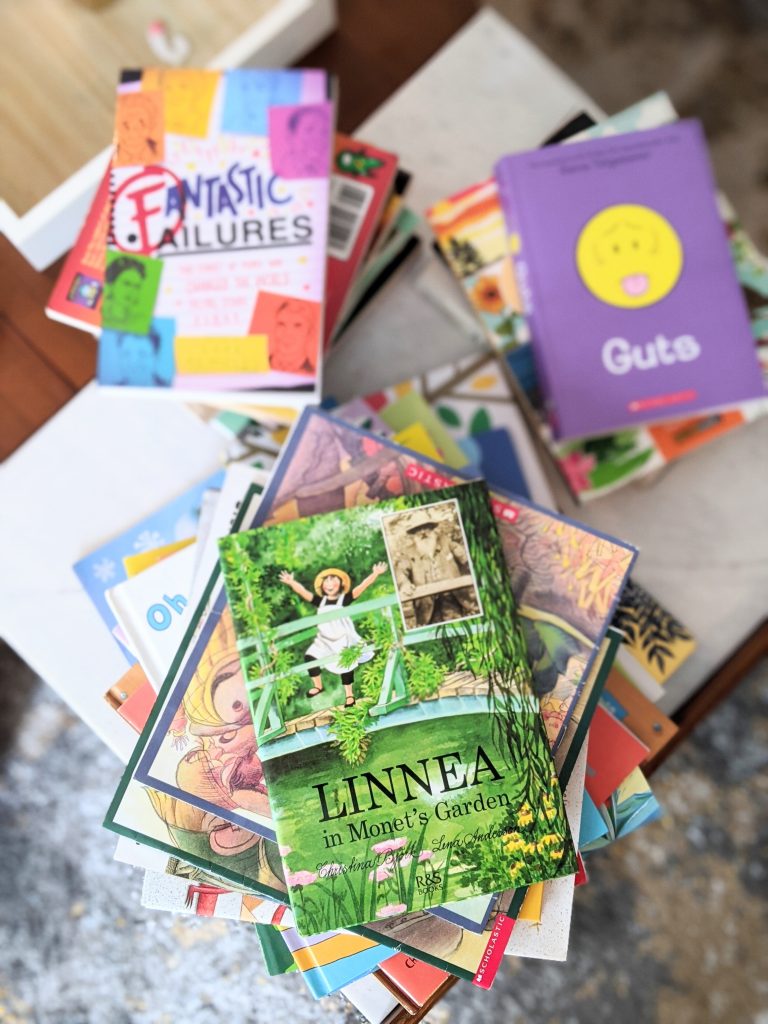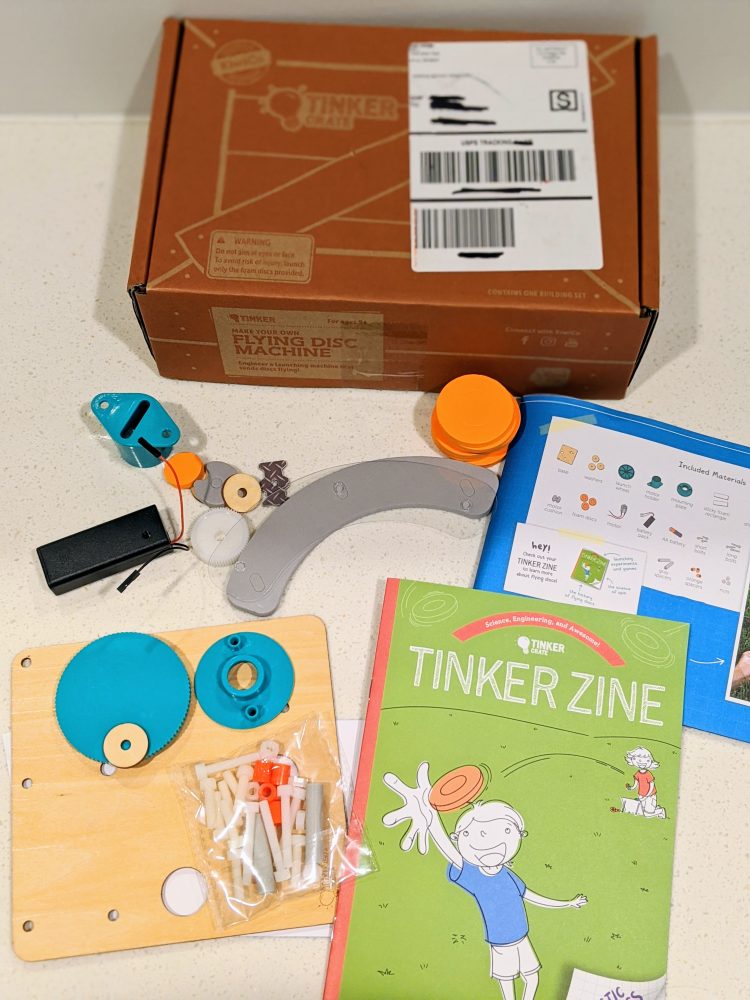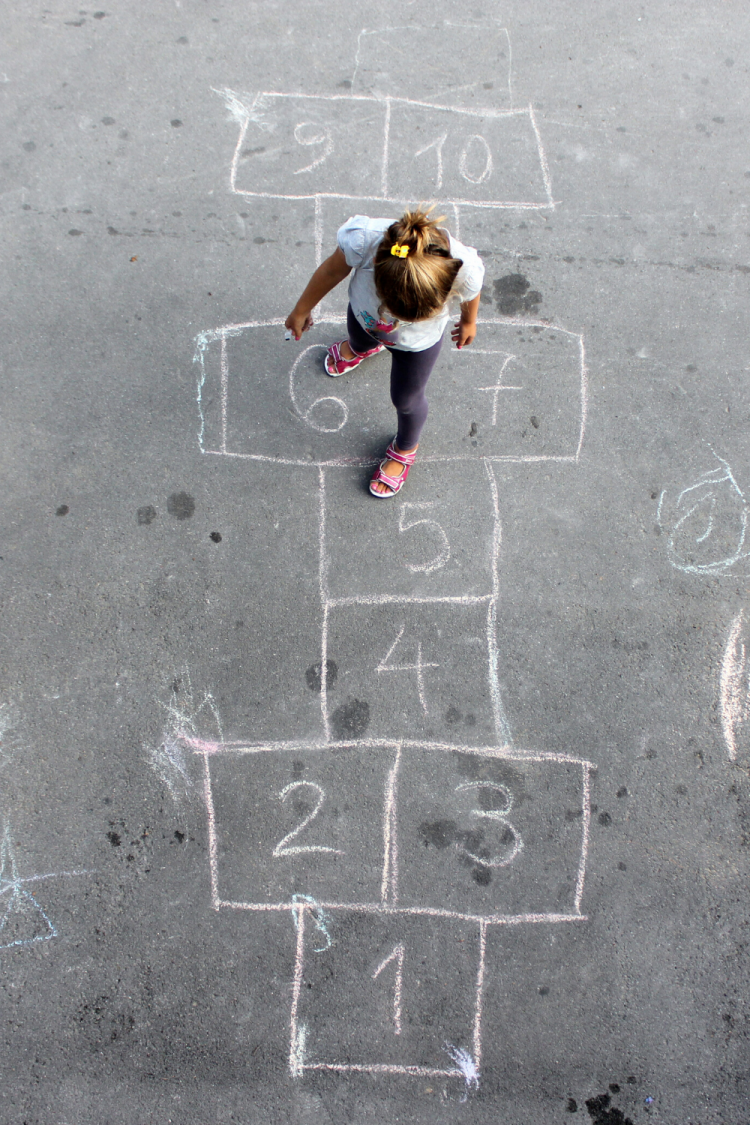Learning at home is where it all begins. Our homes are the center of our children’s world; where they spend most of their time. As parents, you are your child’s first teacher and the things you introduce them to and opportunities you give them have the biggest impact.
Since children are new to this world, everything is a learning experience! There are opportunities all around us every day and every where. One of the best ways to do this is by fostering a culture of learning in your home.
Creating a Culture of Learning
A culture is simply the customs and traditions of a particular group–and your family is a group. You create your own culture according to the things that are important to you. And if education is important to you, make it part of your family’s culture.
You do this by making learning a part of your every day lives. Include it in everything you do. And I don’t mean that in a strict school sense, I mean it in the way that you interact and talk with each other. It becomes part of who you are. And, it’s never too late to start but the earlier the better.
It means that while you’re taking a walk, point out the different flowers you see and talk about their colors, shapes, patterns, etc. Talk about the weather, or ask them questions about what they see. Expect them to be inquisitive and when they have questions, look up the answers.
And make it fun! It’s the most important part of learning. Kids learn through play. It’s been proven that your brain is more likely to remember what it learns when it’s engaged and entertained.
Below are some of our favorite ways to learn and have fun and be curious and create, because learning at home is some of the most important kind.
Books and Reading
One of the reasons I love books so much is that they truly are a gateway to the world. You can learn so much from from books; about yourself, and others and how the world works and how it should work. They take you out of your own perspective and into someone else’s. Empathy is crucial for being a good citizen.
Creating lists of great books, like this one about books on racism, and this one about books that are good read before watching the movie is something I love doing. But sometimes it’s fun to be referred to books from people you know–or other kids.

Bookopolis: It’s like Good Reads for kids. They can write reviews, read reviews by others, search for books, enter giveaways, have discussions and more. I actually know the woman, Kari, who started it. I worked with her on the book fair at my son’s school and she definitely has a passion for books!
Scholastic: A leader in the book world for years, these people know their books! In addition to great recommendations, they have a cool program called Learn at Home. It’s a small fee per month with lots of activities for, well, learning at home.
Raz-Kids is something your kids might use in school, but there is an option to sign up as a parent. It’s a site that helps kids learn to read level by level with a wide variety of books. I can’t tell you how many times my kids have told me some fact that they learned about in one of the books. Click here to get $5 off.
Subscription boxes
Subscription boxes used to not be my thing. But I’ve come around to how amazing they can be. They are one of the best educational resources for kids because they’re the perfect combo of fun and learning at the same time. You just have to find the right one for your kids’ interests and that has the features you’re looking for.
There are so many to choose from art to science to travel and everything in between. There’s bound to be one to spark your children’s interest. Some parents I’ve talked to use the monthly box as a special day project, or when there is bad weather. Others let their kids open them up and get started on the project(s) right away.
Some things to consider are price, what comes in the box, their cancellation policy, and age appropriateness. Most subscription boxes have a lower price per box the longer you purchase in advance, which ends up being a greater value.
These are some that we’ve tried and LOVE–yes, with all caps–because they have a proven track record, their materials are high quality, they have great reviews and my kids have really enjoyed them:
Literati is a book subscription box that sends you 5 themed books based on your child’s age/reading level every month for a small fee. You pay for the ones you want, and sent the rest back for free. I love the ease of the service, the great value and quality of the books. Some of my kids’ new favorites are from their boxes. I wrote a LOT more about it in this post.
Raddish is for kids who like cooking–or who want to start. Their monthly boxes are themed with 3 main recipes, and more you can make online. The recipe cards are easy to follow, and also filled with information about actual cooking skills, different techniques and information about the theme. We’ve eaten food from around the world, explored the Earth’s elements and had a delicious Thanksgiving feast. It also comes with a high-quality cooking tool specially for that month’s recipes. See ALL about it in this post.
Save $15 on a 6 month membership
Magic School Bus–yes, that awesome book series and tv show that’s all about science has a monthly subscription called The Young Scientists Club! This was actually the first one we got several years ago and my kids LOVE it. This one comes with all of the materials you need (except for like water or salt) for about 7 different themed experiments a month. We learned about wind, magnets, properties of matter, and much more.
Kiwi Crate is just amazing. Its a STEAM-based subscription that actually has 8 different options based on age and interest. From arts and crafts to robotics and engineering, and discovering the world, Kiwi is high-quality and so much fun. I wrote about all of the different options here.

Online or digital experiences
There are literally hundreds of these. But, as with everything some are better than others. These are some of the best.
Adventure Academy is one we found just after quarantine started, and it is Amazing. If you’ve heard of ABC Mouse, the educational game for preschool/early elementary kids, this is the next level. And, it’s one that you won’t mind your kids playing for hours because they are learning sooooo much the whole time. In order to complete missions and move up levels they have to read, do math, learn about science, social studies and more. My daughter who claims to hate learning, played on this for 3 hours and didn’t want to get off.
Get 1 Year for $45-62% Off!
Brain Pop is one that I learned about during virtual school. The collection of videos and lessons are really fun. Kids love them because they’re engaging and taught in an easy-to-understand way.
National Geographic Kids--you know this one has LOTS of educational resources for kids, because National Geographic has been teaching people about the world for generations. They’re experts at making learning fun.
We discovered Curiosity Stream at the beginning of the pandemic when we were doing our own version of school. If you have a visual learner, the wide variety of documentaries on sooooo many topics is great for kids. We’ve learned all about bubbles, volcanoes, Pompeii and more. Some videos are short, some are long, but all are really interesting.
Click here to see how you can travel the world without leaving home.
Games and Puzzles

When you want something fun for the whole family, games are a great way to do it! They’re so varied, and even games that aren’t overtly “learning games” can teach things like colors, patterns, grouping, strategy and counting.
Board games are some of the best early games for kids. There are classics like Candy Land that teaches colors, Chutes and Ladders that teaches numbers and the consequences of their choices.
When they get older there are more complicated games that improve dexterity, help them with their vocabulary and even learn about geography.
Puzzles are great for little minds! There are a couple of different types of puzzles that I’m talking about. The first is the jigsaw kind with pictures. Figuring out how each piece fits into a whole is great for spacial awareness and creativity. These can be done with toddlers and up–just getting more complicated as you go.
The other kind are so varied, but some examples include the Rubix Cube, logic puzzles, puzzles with interlocking pieces that you have to figure out. All of these are great ways for your kids to build their reasoning and creativity skills.
Old-fashioned Play
You know the kind–where there are no devices, minimal materials and just creativity and time. These types of games or activities can be a great way to build sibling relationships too. Here are some ideas to help you get started:
Fort Building—-or any type of “structure” really. It can be simple or elaborate. Require a lot of materials or just a few. Big or small. The important thing is they’re having fun–all while learning about physics and engineering.
The floor is lava–We have an actual game with different colored foam pieces and a spinner, but you can make this with some construction paper. Pick 3-5 colors and scatter them around the floor. Use a die or spinner if you have one for a different game and assign each color you have to a number. Then roll/spin and everyone has to move to that color without touching the floor. This saves your furniture from being jumped on–you’re welcome =)
Hopscotch–All you need is some chalk and small marker, like a rock or coin to keep you place. There are lots of ways to draw it, but this picture is the most common way:

Then, you just drop your marker on the first square–it has to land inside–and then you hop over it, all the way to the end and back down, stopping to pick it up before hopping all the way out. Keep going with each number in order all the way to 10.
Jump rope–not only a great form of exercise, but really fun too! Learning to jump rope is a great skill, and the fun songs that go with it are often just silly! My daughter drew a jump rope on the ground the other day and you had to just side to side over it while singing this: Jumping, jumping, all the time, spell your name and make a rhyme (then spell your name, each letter is a jump) and then end with a rhyme. Like, mine would be K-I-R-S-T-E-N, I want to play again.
Learning at home–always
These are just a few ideas to get you started as you create a learning at home culture in your family–or continue the one you’ve already created.
The possibilities are endless, but don’t have to be overwhelming. Let your children lead with their interests, they’ll usually surprise you. Provide opportunities, and they’ll usually take it from there. Have fun, enjoy learning and make it just something you do.
